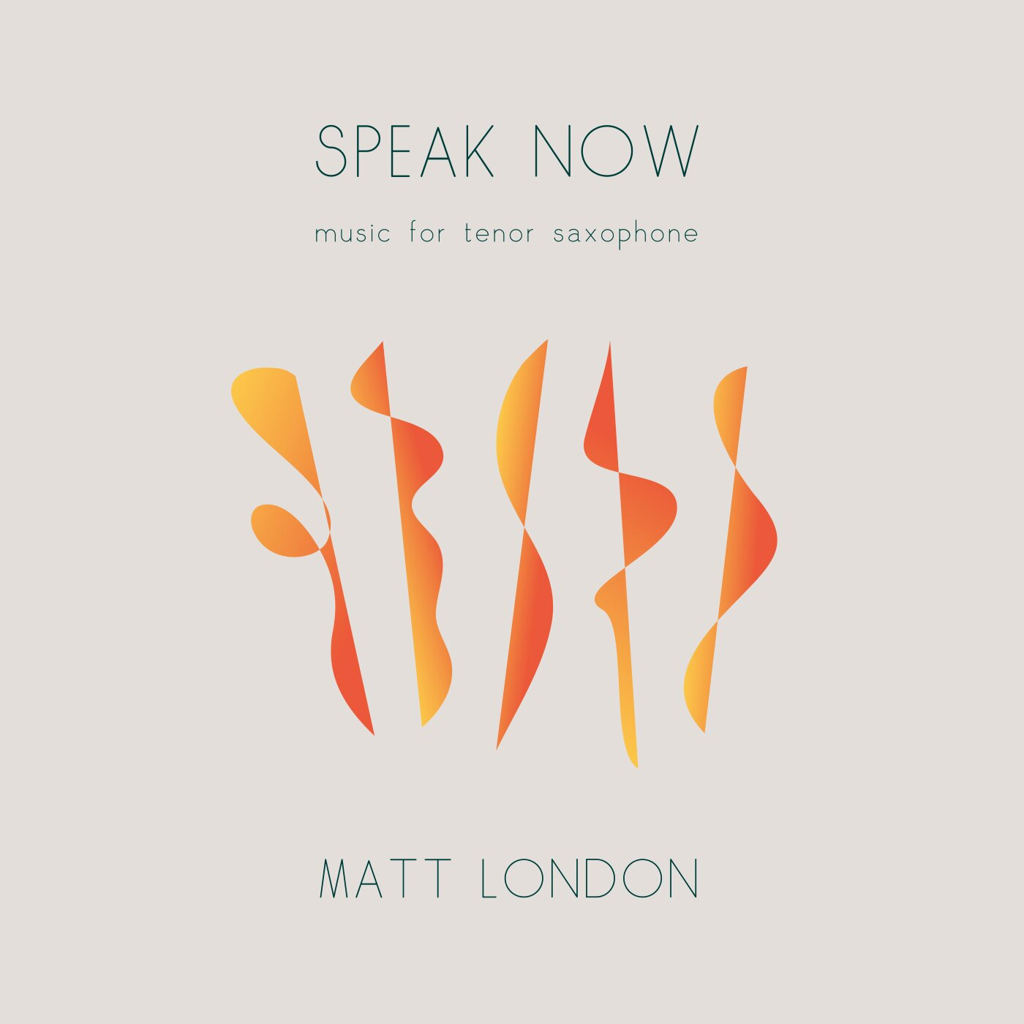timp/str (min 10.8.6.4.2) | Piano reduction available from Novello & Co Ltd.
Stan Getz (1927-90) was an American jazz saxophonist probably best remembered for his 1950s recordings with Dizzy Gillespie and Oscar Peterson.
But his musical interests were evidently not confined to jazz and, during a rehearsal with the Boston Pops Orchestra, he remarked that it was a pity he had no concerto to add to the concert arrangements of Gershwin tunes they were programmed to play. The suggestion that he should (like Benny Goodman before him) consider commissioning one came form the conductor of that particular concert, John Williams, as did the name of the composer most likely to relish the challenge of writing a 'classical' concerto for a jazz performer. For although first and foremost a composer of concert music, Richard Rodney Bennett is famed for the unusually broad scope of his musical interests; he is moreover a gifted performer, and his own keyboard repertoire shows him equally at ease with all twentieth-century musical styles - from jazz to the avant-garde.
So the match seemed ideal: Getz had found a composer whose stylistic sympathies appeared perfectly in tune with his own, and Bennett was offered the services of a performer eager to adapt to the demands of a 'crossover' undertaking of this kind. Indeed, Bennett's enthusiasm for the project was such that he began work as soon as the idea was mooted - long before any mention of a performance date, or even a fee for the commission. In the event there was neither, for Getz's illness meant that practical decisions were deferred, while the progress of the concerto continued unabated.
Despite the sadness occasioned by the death of its dedicatee, Concerto for Stan Gutz is a thoroughly celebratory tribute to the possibilities of using jazz harmonies in conjunction with the composer's own free-flowing serial technique. Surprisingly, this is the first crossover piece Bennett has written. Whereas his own Jazz Calendar (1964) was wholly jazz in idiom, the language of Concerto for Stan Gutz arouse out of a true cross-fertilisation of ideas, it is the successful balancing of contrasted linguistic elements that makes this work the offspring of a purposeful stylistic co-existence rather than some sort of hybrid monster- as were
most of the earliest attempts (by Mátyás Seibet, Don Banks and others) to combine jazz band and symphony orchestra.
In other words, there is no hint of any musical compromise at work here. Scored for tenor saxophone, timpani and stings, the melodic material is tightly organised throughout, quickly becoming associated with rhythmic patterns that make its often intricate development seem pleasingly straightforward and easy to follow: prominent amongst these are generally ''percussive" rat-a-tat motif, a string of ascending or descending triplets, and (with the first entry of the soloist) the beginnings of a generally more sustained idea arising out of the syncopated repetition of a single note.
These three motivic characters intermingle to form the main thematic material of the first movement, holding sway until a sudden drop in dynamics presages an abrupt change of mood: following the hectic and mainly detached articulation of the opening, the gently expressive and mainly legato phrasing of the second subject (introducing by the saxophone) initially masks the fact that it is a mirror image of the same melodic theme. It is not until the eventual return of his second subject (high on the violins and twice as slow) that the saxophone is set free to improvise around the underlying harmony before embarking on a cadenza whose decorations are entirely of the composer' s choosing (although he does offer the less demanding alternative of an undecorated line plus chord symbols).
The second movement, Ellegy, is a song without words in which the several verses of an imaginary lyric are set to the same serene sixteen-bar tune, sometimes freely decorated (it is in this movement that the improvisatory skills or the jazz performer are tested to the full), and always introduced, punctuated and concluded by a brief but passionate string sequence of downward-sliding fourths. Stated first by the saxophone, this tune is repeated intact and unadorned by the strings (violins, then cellos), but are now freely counterpointed by the soloist. An extended and more agitated interlude retrieves the tennote theme from the first movement - rising to a fast-dessolving climax as the elegaic tune returns in octaves on the violins and is moving repeated by the saxophone (at the original pitch but now entirely without decoration), as the movement draws to a hushed close.
It is typical of Bennett that melodic relationships of the kind noted at the outset should pertain not only within movements but from movement to movement throughout a work. So it is here. Just as the opening ten-note theme finds its way into the elegiac slow movement, so the same theme begins to make its presence ever more insistently felt over the course of the waltz-like finale. Moreover, despite the subtle alterations occasioned by this change of metre, from two (in the first movement) to three beats to the bar, several of its original rhythmic features remain recognisably intact - as does the original second-subject theme itself. This reappears in its entirety only towards the close- where it retains its first movement format of two beats to the bar against the prevailing waltz rhythm of the last as if to underline and finally complete the circle of melodic influence from beginning to end of the work as a whole.
Concerto for Stan Getz was completed in November 1990; it lasts about twenty-four minutes.
© Susan Bradshaw



 Astute Music
Astute Music